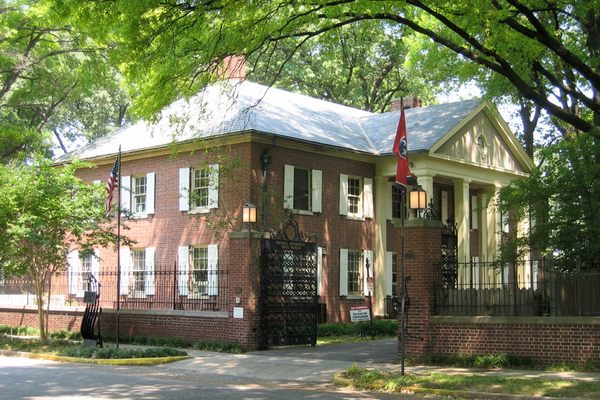About
This is not a museum showing how an ancient forge used to work. This is a genuine ancient forge set up to demonstrate the fascinating mechanics of the craft. Fucina Museo is divided into two sections, which used to be two adjacent but independent forges. The first section at the entrance is the educational part, with panels providing lengthy explanations of the history and development of the craft. Some of the original equipment remains, but this area has mainly been repurposed to house a collection of artworks created on-site. An opening in the far wall ushers visitors to the working forge.
The various mechanisms that were at the heart of the forge were (and still are) set in motion by harnessing the power of Vaso Rè, an artificial course of water channeled through the village that powered mills of various definitions and uses. The steep slopes on which Bienno was built provide sufficient incline for water to become a powerful source of mechanical energy necessary to move the enormous mallets (the biggest mallet weighs two tons!) The complex set of cogs and chains that makes this possible can be appreciated from the courtyard.
It takes a while to take in the working forge, and one cannot help but be struck by the sight. Uneven vaults perfectly match the uneven floor and walls. In fact, this place feels like it was carved out of sheer rock rather than having been constructed. The room is unexpectedly large, but every nook and cranny of this workshop us filled with rudimentary machines, ovens, fireplaces, forging tools of any denomination, and a seemingly never-ending number of metal artifacts produced here, from agricultural implements to cooking utensils, from unformed lumps of metal to exquisite works of art. The ceiling is also surprisingly high, to allow the heat produced by the forge to disperse.
The two forges used to belong to the Morandini “Stefani” family, and subsequently to the Panteghini family, which eventually ceded them to the Municipality of Bienno in 1985. Based on the typology and structure of these forges, it is estimated that they must date back to the 17th century. The main output of these forges was pots and pans of varying sizes and depths. The industrial mode of production revolutionized the market, and peddlers started plying their trade in Bienno as well, bringing low-cost pots mass-produced in factories. It was around this time that local forgers switched to manufacturing agricultural tools, which were much harder to mass-produce using the technology available at the time. This switch revitalized the industry in Bienno, but it was short-lived since mechanized factories began producing agricultural tools as well. The forges were left in a semi-abandoned state for several years, when the town decided to turn them into a museum.
Related Tags
Flavors of Italy: Roman Carbonara, Florentine Steak & Venetian Cocktails
Savor local cuisine across Rome, Florence & Venice.
Book NowPublished
May 2, 2023

















































